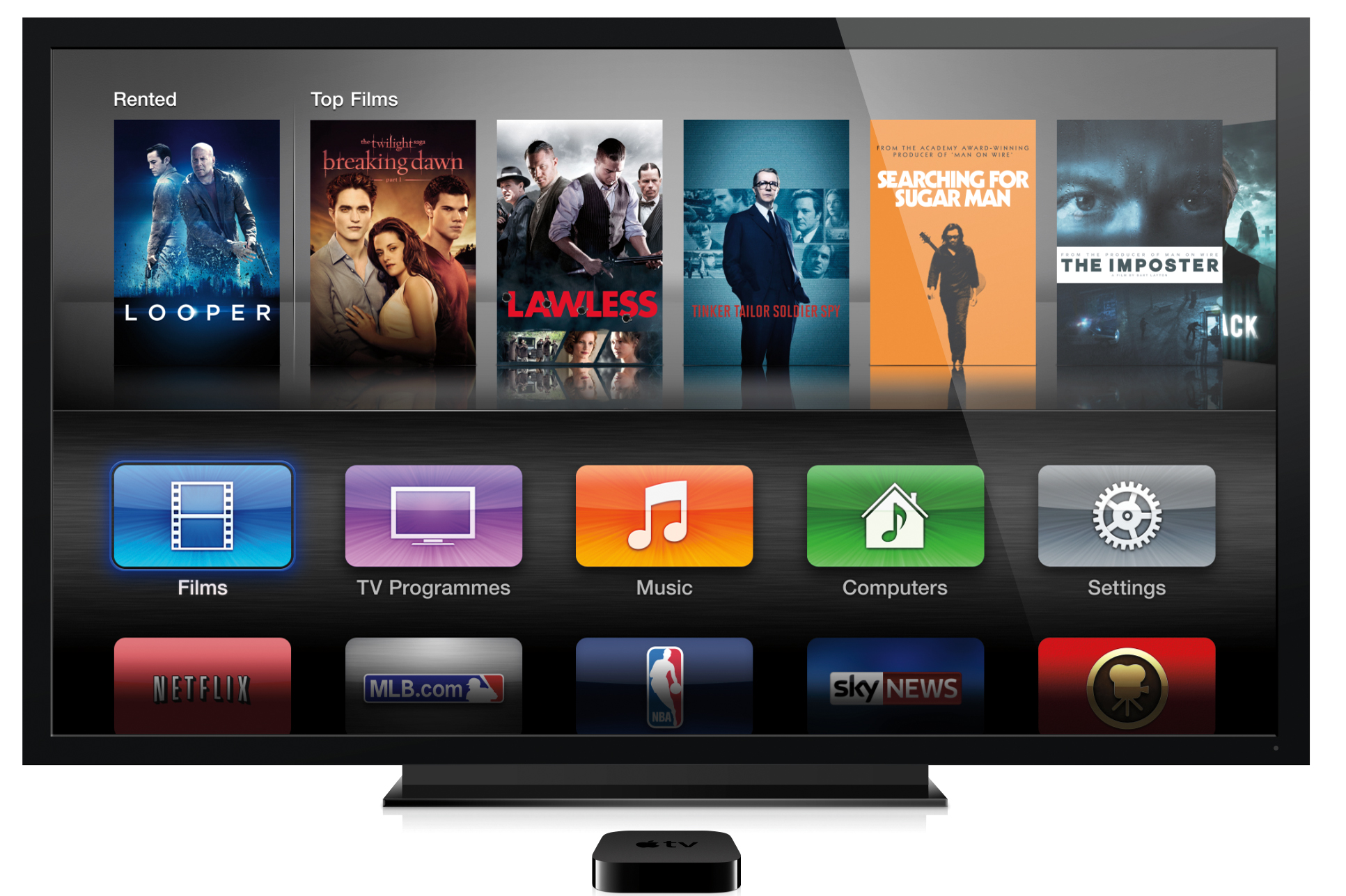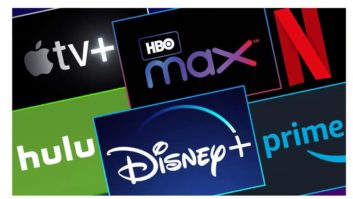
The market for streaming video devices at $99 and below has become increasingly crowded and competitive. Apple TV once only had Roku as its true competitor, though today the market features a broad span of products including the $25 Chromecast HDMI stick, sub-$50 full-featured HDMI sticks from Amazon and Roku, and a range of more powerful streaming boxes in the $50-99 price span from Roku, Google, Amazon, and others. Apple TV’s sales growth has slowed over the past few years as the level of competition within this market has accelerated.
Chromecast outsells Apple TV
IHS, provider of diverse global market and economic information, expects that Google will be the primary competitor of worry for Apple TV for the foreseeable future, via the Chromecast HDMI dongle and long-term growth of support for the Google Cast standard. Despite limited geographic presence, consumers have responded strongly to Chromecast thus far IHS forecasts that 8.7 million Chromecasts shipped in 2014, outselling Apple TV’s 8.3 million units shipped for the year. Along with offering its casting capabilities, Google’s Chromecast in combination with supporting third party apps offers an alternative to arguably the primary lock-in functionality used by Apple to capture Apple TV sales from the iOS device user base a way to view media content on your phone on the big screen at a much lower price tag.
Chromecast shipments are expected to continue exceeding those of Apple TV by a close margin for the near future though the Apple TV has dropped to $69 neither its fundamental capabilities nor its iOS-centric market focus has changed. While the iOS user base is expanding, HBO Now is a notable addition to the content selection, and the price drop will generate additional sales of Apple TV, Chromecast has multi-platform compatibility along with continuing geographic market expansion working in its favour.
Of greater concern for Apple, the increasing popularity of Chromecast along with increasing direct support for Google Cast among app developers for both iOS and Android has the potential to open the market up even more strongly in favour of Chromecast. ‘Free’ Chromecast functionality via built-in Google Cast support within smart TVs based on the Android TV platform, arriving this year from Sony, Sharp, and Philips, will also chip away at the need to purchase Apple TV within iOS households purchasing new smart TVs from these brands.
Aging hardware and a potential new model
Apple TV is currently in its third generation, which debuted in March 2012 making today’s Apple TV hardware roughly three years old. Despite aging hardware specifications, the Apple TV’s dual-core ARM-based A5 processor, PowerVR GPU, and 802.11n wireless capability have thus far been sufficient to handle the 1080p video streaming and AirPlay duties that the device is primarily used for. Nonetheless, the device is due for a likely hardware revision this year given age, increasing iOS complexity, and evolving market needs.
To stave off Google, Apple needs more powerful hardware
To successfully stave off Google’s advances in the market, Apple will need this new, more powerful hardware revision as part of a renewed competitive proposition. In terms of scale over the long-run, however, Apple’s hard ties between Apple TV and iOS devices will still continue to cap Apple TV’s total available market in the face of Google’s multi-platform, multi-company, multi-device attack on the streaming audio and video market with Google Cast.
By Paul Erickson, senior analyst, IHS Technology







